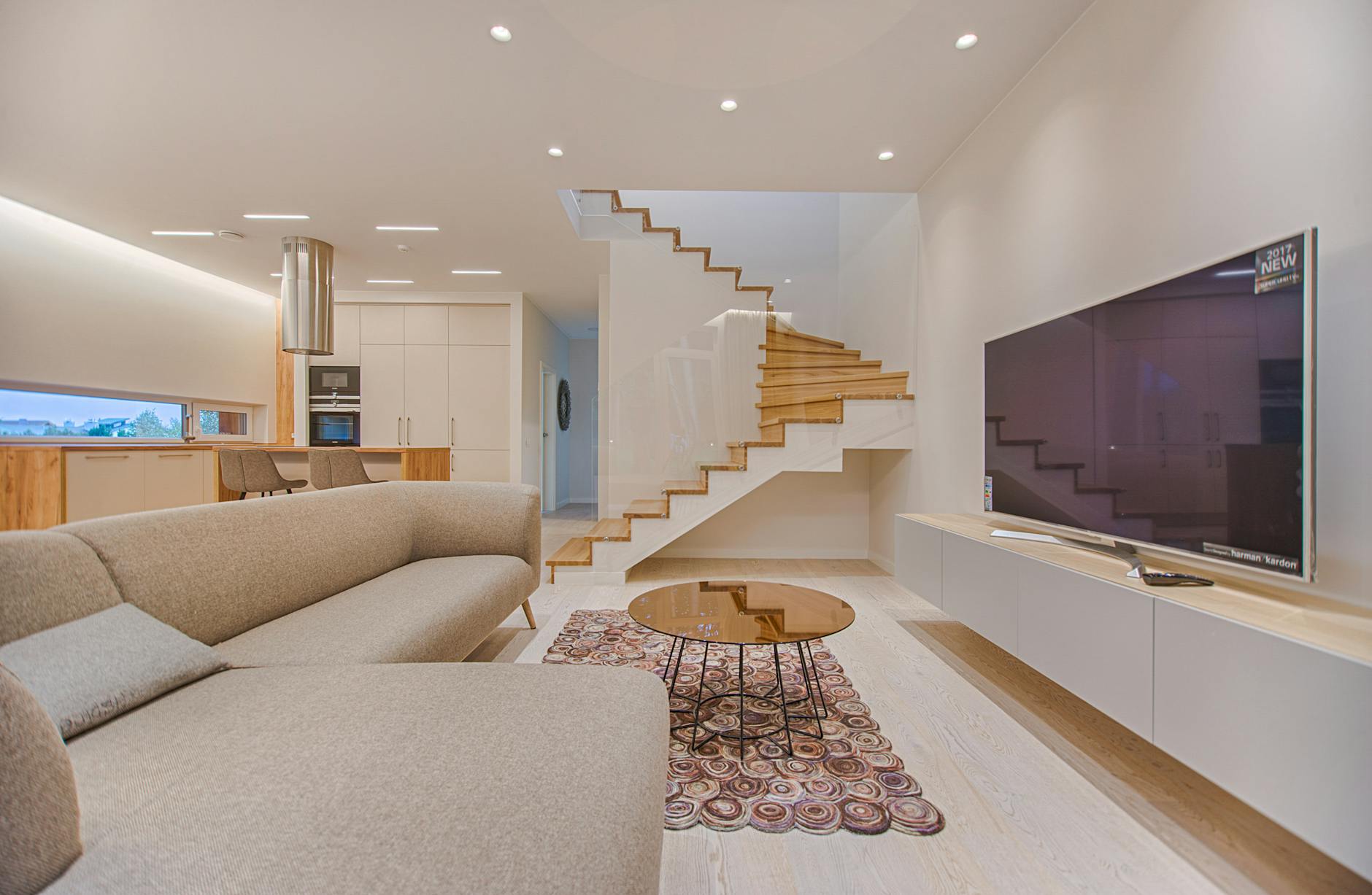The Art of Mismatching: How to Mix Furniture Styles Without Chaos
Have you ever gazed upon a room and marveled at the beautiful coexistence of multitudes of design eras showcased in a seamless interior? This symphony of styles is entitled mismatching or eclectic design. Successful implementation of this style hinges on one crucial rule: correctly mixing and not muddling. Guided by this mantra and a few expert tips, you can transform a seemingly chaotic concept into Marvelous Mismatching Mastery.
Before we dive into the how-tos, it’s essential to grasp the charm behind mismatching. When done correctly, the eclectic approach to interior decor creates engaging spaces that transcend the confines of a single style. Each piece of furniture, regardless of its origin or design era, communicates a layer of your personality, contributing to a truly unique space.

Understanding the Basics
Knowing the basics of design and respecting these foundations is the first step to successfully mismatching furniture styles. A basic understanding of color theory, symmetry, and balance can help you create an artful assemblage of mismatched pieces.
Beyond the basics, consider the principle of unity and variety. Unity gives the room a sense of cohesion, while variety brings excitement and avoids monotony. The trick lies in knowing when to harmonize and when to contrast. Too much unity can be dull, but overdoing variety can lead to chaos. A delicate balance is the key.

Simple Steps to Mix Furniture Styles
Armed with fundamental knowledge of design principles, let’s delve into the art of the mix.
Chart a Course
Before setting sail, you need a compass. What’s your aesthetic goal? A statement room with potent personality or just a sprinkle of eclectic spirit? All pieces used should contribute to your aesthetic destination.
Anchor with a Key Piece
Start with an “anchor” piece. This focal point sets the tone for the room’s décor and other pieces are selected to complement it. The anchor might be an impressive art-deco couch, a Victorian chaise, or a rustic wooden table.
Leverage Color and Textures
Color coordination adds unity to the mix, while texture prevents monotony. Select varying textures and materials to create depth and engage the senses. Comfy wool or silk, hard stone, shiny metal, or roughly hewn wood add variety without visual chaos.
Balance the Old with the New
Mismatching doesn’t imply a haphazard pile of vintage finds. The beauty of mismatching lies in the artful juxtaposition of old and new. A modern chair by a fifties’ coffee table, a Victorian mirror above a minimalist console, the possibilities are endless!
Keep Proportions in Mind
Scale and proportion are crucial for maintaining visual harmony. A small antique chair next to a grand modernist sofa can look incongruous without a sense of proportion. Use similar-sized furnishings to build a harmonious look.
Break a Few Rules
Finally, remember, guidelines are simply that – guides. In the end, what matters is your vision. If breaking a rule creates the look you love, go for it! After all, it’s your space.
In Conclusion
Successfully mixing furniture styles is not about following a path but blazing your trail. It’s about understanding the basics, using them as tools, and breaking the rules when needed. In essence, it’s about celebrating variety, embracing old and new, staying balanced yet leaving room for the unexpected. This guide aims to arm you with the know-how to boldly embark on a mismatching mission. But remember, the heart of mismatching lies in making your space true to you.
Frequently Asked Questions
Can I mix modern and traditional furniture? Absolutely, blending modern and traditional furniture creates a visually interesting space.
Are there patterns or colors I should avoid? There are no specific patterns or colors to avoid. What’s crucial is how they interact with the other elements in your room.
How do I know if I’ve gone too far with mismatching? If your space feels chaotic rather than cozy or curated, then you may want to edit a few things. Achieving balance is key.
Do I need to stick to a particular number of styles? Not necessarily. The number isn’t as important as achieving a balanced, harmonious look.
Do all my wood types need to match? Definitely not, mixing different wood types can add warmth and character to your space.





